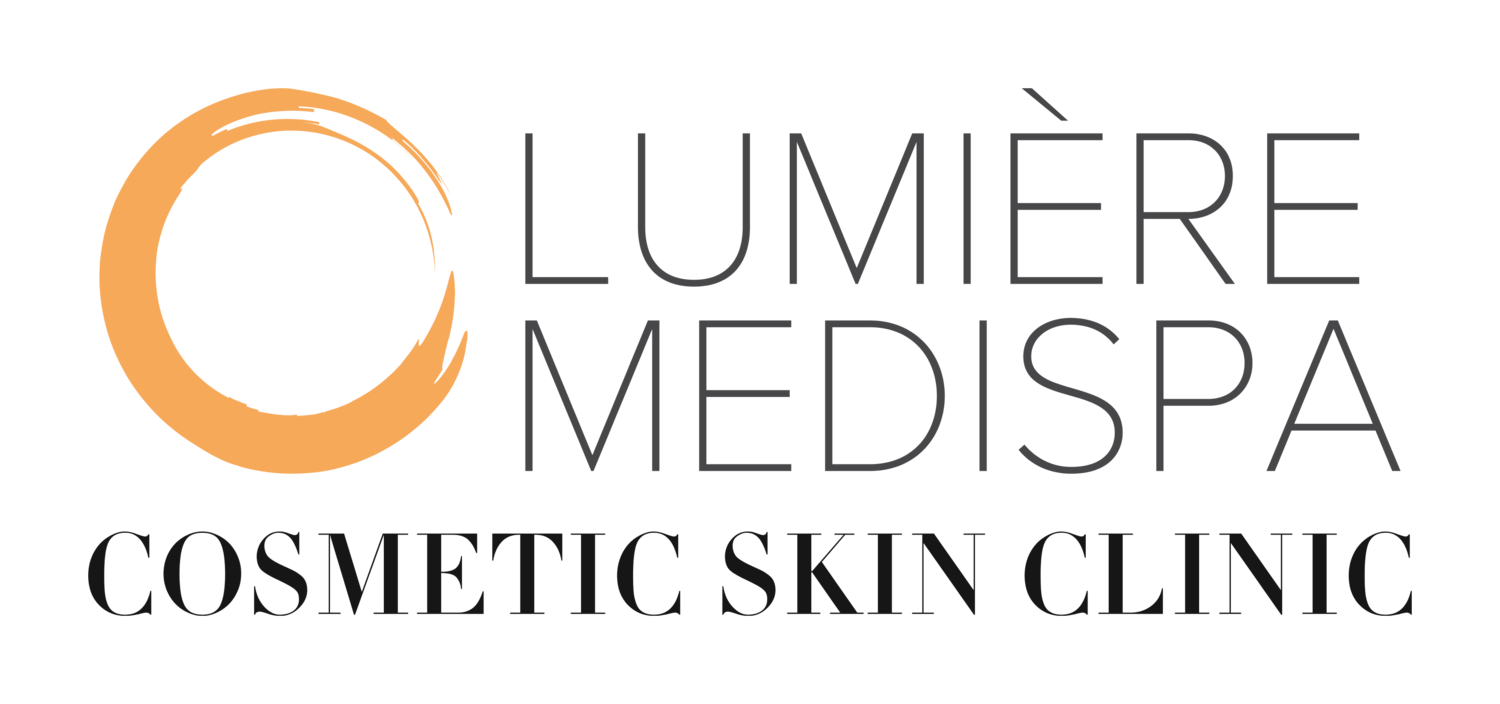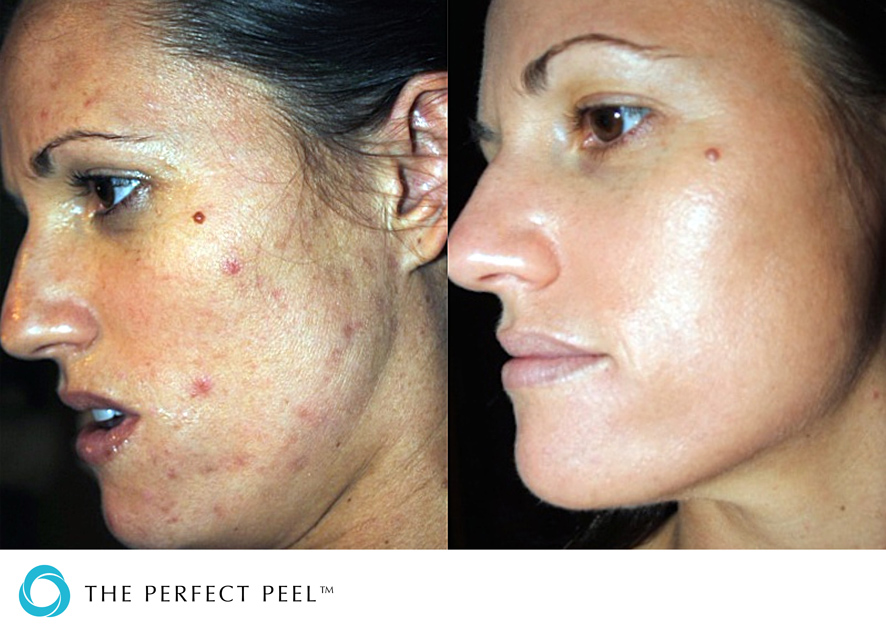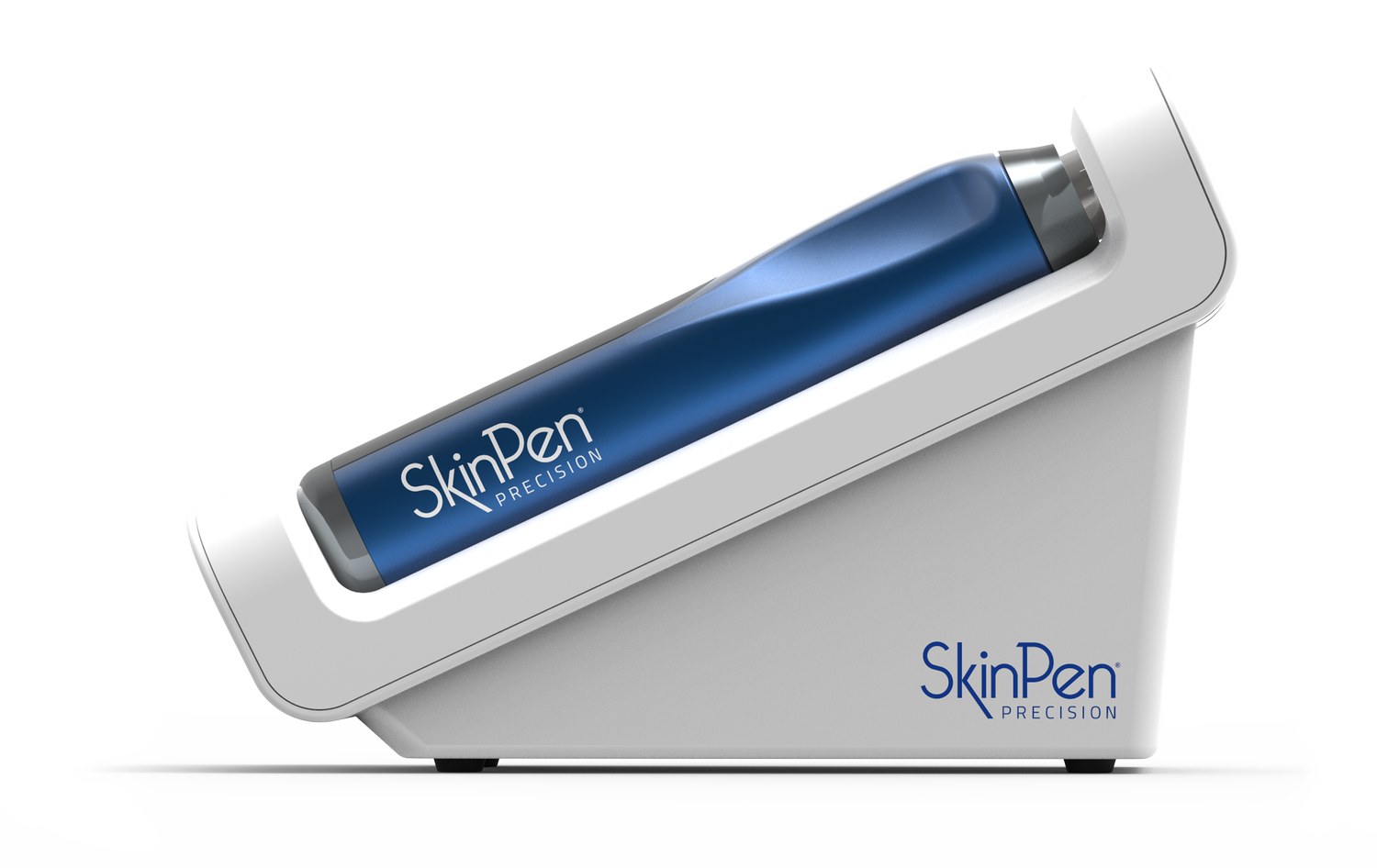Skin Peels At Lumiere MediSpa, Oxfordshire
You have probably heard of chemical peels before. Or maybe you have caught an episode of extreme makeover and wondered why on earth the persons skin is falling off (yes that was most likely a chemical peel in "extreme"). Did this put you off or entice you to find out more? This article is going to explain the risks and the benefits of a chemical peel, in particular to the Perfect Peel and the AlumierMD skin peels that we provide at Lumeire MediSpa in Headington, Oxford.
The Peeley Good
Skin peeling records date back as far as Queen Cleopatra, who used soured milk for its lactic acid properties to exfoliate and smooth her skin. Without refrigeration in those days I imagine there was a good deal of soured milk going spare too. Lucky her!
So in our modern times, have we not advanced past this? Yes, for one thing we no longer have to bathe in soured milk, but mostly because we now have multiple sources of acids that we can use on the skin and for a variety of skin concerns and conditions. Glycolic, lactic, retinoic - vitamin A, resorcinol, salicylic, phenol, Trichloric - are all types of acid that are used in skincare and/or by professionals to help achieve chemical exfoliation of dead skin cells to reveal a brighter smoother complexion and manage skin conditions.
At Lumiere MediSpa we use Alumiere MD light peels that contain lactic, salicylic, resorcinol and retinoic acid; depending upon the tailored result a person is looking to achieve - i.e to reduce acne, brighten skin complexion, reduce hyperpigmentation. These types of peels offer minimal downtime, possible slight peeling or dryness, and a temporary mild rosey glow.
For those seeking greater results or those with more stubborn skin concerns such as hyperpigmentation or cystic acne, we use The Perfect Peel. This is a unique blend of glutathione, kojic acid, TCA, retinoic acid, salicylic acid, phenol, and a blend of minerals and vitamins, including vitamin C.
The following are just some of the predictable results you can expect from The Perfect Peel:
- Improve the overall tone and texture of your skin
- Lighten and brighten your skin
- Remove or reduce sun damage and age spots
- Reduce pore size and soften fine lines and wrinkles
- Reduce or eliminate Hyperpigmentation and acne scars
- Improve acne skin conditions and Melasma
- Stimulate the production of collagen resulting in firmer skin
- Slow down the aging process and prevent wrinkles
The Peeley Bad
Skin peels carry the risk of some side effect, most notably and quite obviously, skin peeling. However, this can vary depending upon the peel/s applied to the skin. For instance our AlumiereMD detox peel is only likely to cause some mild drying of the skin, as it contains salicylic acid to reduce oils within acneic skin types. However The Perfect Peel works deeper within the skin with multiple types of acid, and therefore carries the quite likely risk that you will have some redness, irritation and literal peeling of skin layers.
For some this risk of irritation, dryness or peeling might not be suitable for them socially. In this case we advise scheduling a peel around social events leaving 5 days following a AlumierMD peel and 10-14 days following a Perfect Peel. After this your skin will be social ready more than ever and you will be able to glow the night away!
The Peeley Ugly
Most treatments come with an "ugly truth", that being the rare side effects that, although not common, can and do happen on rare occasions. In relation to skin peels the ugly truths are the risk of post inflammatory hyper pigmentation or hypopigmentation. Post inlammatory hyper pigmentation is the visible formation of melanin (pigmentation, discolouration) that occurs in the skin following an injur or trauma to the skin. As chemical peeling induces an inflammaorty response, those suscepticle to PIHP should not have skin peels or use with extreme caution, under the supervision of a medical expert, such as a doctor, nurse, or dentist. Hypo pigmentation is the removal of melanin (natural pigment colouration), resulting in a lighter skin area than the natural skin colour. This can occur where skin injury occurs deeply within the skin, damaging the melanocytes (pigment producing cells) within the skin.
Would you like to know more about skin peels?
Contact us to book a free of charge consultation and learn more about what skin peel would be suitable for your skin.











